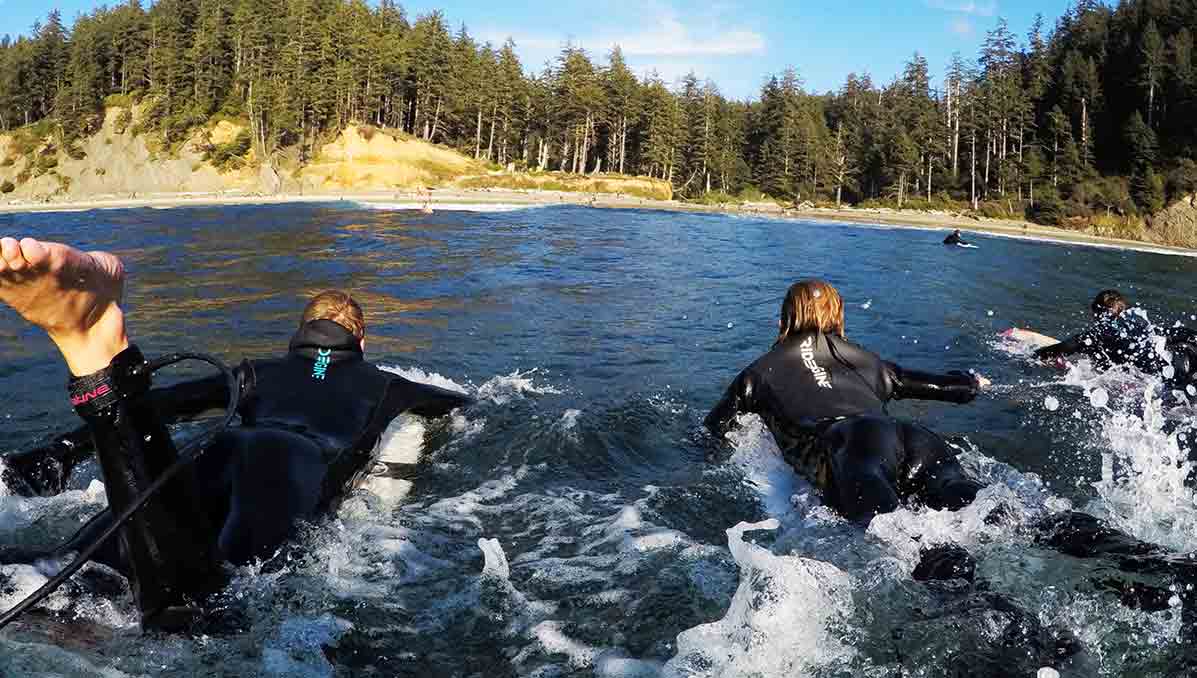
Smart people learn from their surf foil mistakes; even smarter people learn from the surf foil mistakes of others.
We’re strong believers of that concept when it comes to learning how to surf foil. Some things you just have to learn for yourself, like muscle memory, balance and weight distribution and how the foil feels and behaves as it flies through the water. Other lessons you’d be a lot better off learning from the mistakes of others; like the guy who spent a week failing because his stabilizer wing was upside down, or the many who tried to learn with a full-size mast instead of a short one.
We’ve put together a list of five mistakes we see people make regularly when learning to foil surf. With a little effort and a bit of luck, you’ll avoid these mistakes yourself on your way to becoming a proficient foiler.
5 FAILS:
1. Improper foil assembly and maintenance
It may seem obvious, but if you don’t put your foil together properly, it’s not going to perform properly. This means making sure all hardware is fully tightened, all components are oriented correctly and your foil is mounted in the proper position on the track (all the way back for beginners). Maintenance of your foil, especially if you’re in salt water, can not be understated. Rinse it well after each use, and disassemble and lube the hardware and connection points regularly.
2. Foiling near others
Foiling in the waves is still very new. It comes with its own unique set of risks, both to yourself and others, and it may not be accepted by other surfers at the beach. The great thing about foil surfing is it makes a cherry pie out of crappy conditions, so you don’t need to paddle into the lineup to have a blast. In fact, the last thing you want to do is try to paddle into a steep breaking wave. The waves you want are the crumbled whitewater you can ride all the way to shore. Stay away from others, stay safe and don’t give foiling a bad rap.
3. Not enough front foot pressure
This is probably the most common cause of crashing and frustration. You have to retrain your muscle memory when learning to foil. Too much back foot/heel edge pressure and you’ll rocket out of the water and crash. You want to pop up flat on the board, keep steady front foot pressure and slowly ease back when you’re ready to rise out of the water. Once you’re on-foil, you’ll build speed and generate lift, which makes proper front foot pressure even more important. The same goes for riding down the face of a wave- as the angle of the water changes, your front foot pressure must change to counterbalance.
4. Starting with a full-size mast
The short mast is one of the greatest learning tools in foiling. Slingshot’s Flight School mast package for the Hover Glide foil features 18”, 24” and 30” masts. This allows you to start small, get the hang of the foil with an easily manageable mast and progress in length as your skills evolve. The difference between starting with a 18” mast and a full-size mast is like night and day. For surfing, start with the 18” mast until you’re confident, then transition to the 24”. We’ve found that to be the sweet spot for tapping into the energy of the waves. If you’re towing into a large rolling swell, the longer 30” or 35” mast will give you more vertical range and allow for more speed.
5. Kicking the foil under the water
One of the most common injuries we see with foiling is from kicking the foil under the water. Event with bright colors, it’s easy to forget the foil is down there, and some parts of it are super sharp. Booties are a big help if you can stand wearing them, as is a full-length wetsuit that will protect you from the foil and help cushion the impact when you crash.

